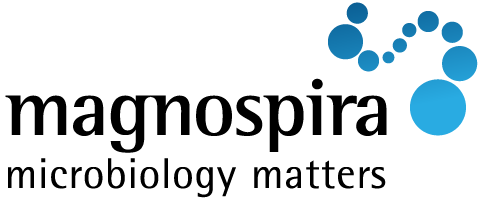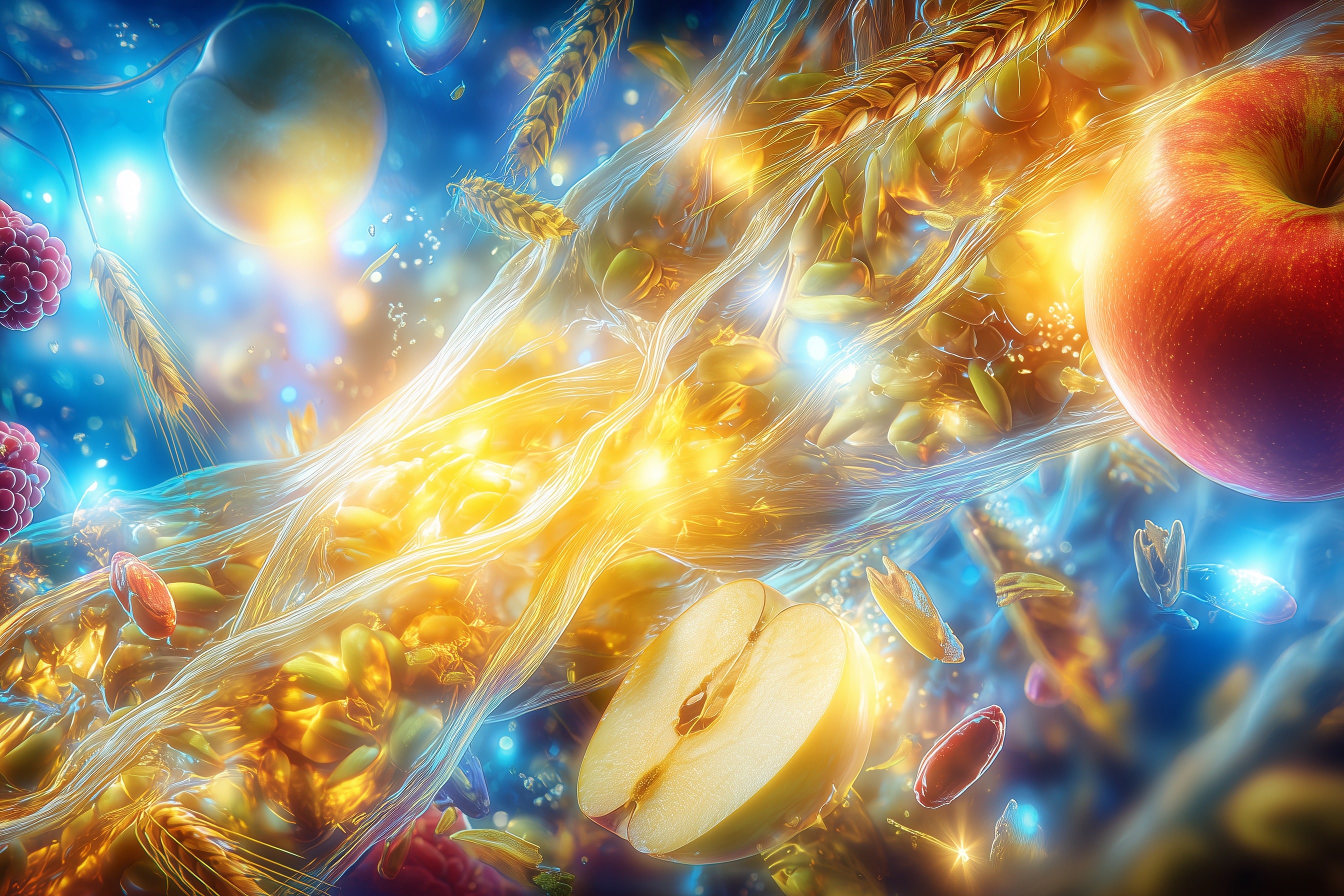Curves of Life
On one side, a curved waist – on the other, an almost straight line. The hairdresser constantly adjusts the head, yet it unconsciously tilts to the side again and again. When doing a somersault, the body turns as if by itself in a certain direction. Anyone familiar with these small everyday peculiarities might suspect a common cause: scoliosis – a lateral curvature of the spine that is far more than just a postural anomaly.
Approx. 2–3% of the general population have idiopathic scoliosis. Extrapolating this to the global population, over 200 million people are affected. It occurs worldwide, and its cause is unknown. But what if bacteria,
What Exactly is Scoliosis?
Scoliosis is a complex spinal deformity that involves not only a lateral curvature (frontal plane) but also a rotation of the vertebral bodies (axial plane). In some cases, it is also accompanied by an increased curvature forwards or backwards – either in the form of a rounded back (kyphosis) or a hollow back (lordosis). Depending on the cause, a distinction is made between idiopathic scoliosis, whose origin is unknown, congenital malformations, or secondary forms that can develop as a result of other diseases or after interventions – such as kidney removal.
Scoliosis occurs particularly frequently during the growth phase, but its effects are highly individual. The degree alone does not determine how severely someone is affected: A person with a 100-degree curvature can live largely pain-free, while someone with a curvature of only 30 degrees suffers from severe discomfort. Every case of scoliosis is unique – and its treatment always requires a holistic consideration of the entire body.
How Do I Find out if I Have Scoliosis?
Indeed, there are some typical signs that can provide initial indications of scoliosis. But before you panic: Not every deviation automatically means a problem. Without symptoms, scoliosis is initially considered a harmless spinal twist – because a completely straight spine is more the exception than the rule.
Perhaps you have already noticed an asymmetry – be it in the lumbar spine, where one hip appears more prominent than the other, or in the shoulder area, if one side sits lower. If you want to be sure, you can perform Adam’s forward bend test together with a trusted person:
1. Stand upright – feet together, knees straight, arms hanging loosely at your sides.
2. Bend slowly forwards – your upper body should be parallel to the floor, arms remaining relaxed and hanging downwards.
3. Have your back observed – is an asymmetry visible? Does one side protrude more in the rib or lumbar area?
These anomalies arise from the rotation of the vertebral bodies – regardless of the lateral curvature. If you notice such signs, a visit to an orthopedist is worthwhile to have the spine examined more closely.
For accurate diagnosis, an X-ray is usually taken to determine the Cobb angle – however, this involves a certain radiation exposure. A 4D spinal measurement offers a radiation-free alternative and enables a three-dimensional representation of the spine; however, the scoliosis angle cannot be measured with this method.
In addition to scoliosis, there are – as already mentioned above – other spinal deformities that are often accompanied by discomfort. Hyperkyphosis (exaggerated rounded back) can cause severe pain; here, 4D measurement even offers angle calculation. A pronounced lordosis (hollow back) can also be treated. Important: Pain is not inevitable. If you have symptoms, do not hesitate to seek support.
What Effects Can Scoliosis Have?
The effects of scoliosis are highly individual and depend heavily on the general state of health. While some affected individuals experience hardly any limitations, others may struggle with back pain, tension, and restricted movement. Uneven loading of the joints can even lead to osteoarthritis in the long run. In severe cases, internal organs can also be affected: a severe curvature can restrict lung capacity or strain the heart, as the chest is asymmetrically shaped in some cases of scoliosis.
If you are still in the growth phase and have been diagnosed with moderate scoliosis (20–40° Cobb angle), a corset may be prescribed. This means not only physical strain but also a mental challenge. Especially during puberty, a phase in which one’s own body image is often critically questioned, a corset can be a burden on self-confidence. Here, it is always a question of weighing options: Is it worth it to achieve a potentially unpredictable improvement and thereby risk being confronted with entirely new challenges?
It is difficult to say how much a corset will help. This also depends on how much sport and physiotherapy the adolescent does alongside it and whether they can strengthen their muscles. Here too, the rule applies: Listen to yourself and your body. Listen to multiple perspectives – no one can say 100% what is right or wrong. Weigh the facts, inquire about both the negative and positive aspects, and find the solution that best suits you.
For adults, a corset is generally no longer an option, as growth is complete. Other therapy options are used here.
Therapy Options for Scoliosis

The Katharina Schroth Therapy is a special form of physiotherapy for the treatment of scoliosis and was developed by Katharina Schroth, who herself suffered from scoliosis. Its basic principle is based on two central pillars:
1. Three-dimensional correction
Scoliosis affects not only the lateral curvature but also the rotation of the vertebrae and changes in body posture. Together with a physiotherapist – and later independently – you consciously correct and derotate your body and perform various exercises in this optimized posture.
2. Specific breathing technique
Each exercise is linked to a targeted breathing technique. By consciously breathing into the “indented” areas, such as the so-called lumbar valley in case of a curvature in the lumbar spine area, the spine can be actively influenced and corrected.
That may sound unusual at first – how can it be possible to breathe into specific areas of the body? But try it out: Consciously focus on a body region, such as your chest, and try to breathe specifically into it. Do you feel yourself straightening up? Why shouldn’t that also work in other body areas? For example, if you have a rotation in the left lumbar area and consciously breathe into the right side (the lumbar valley), you actively move your spine.
This therapy requires not only consistent practice but also a fundamental understanding of one’s own posture and movement patterns. It is important to know what one is doing, why one is doing it, and how to do it correctly. Without this understanding, practical implementation becomes difficult. Therefore, it is worthwhile to consult a specialized physiotherapist or a Katharina Schroth clinic. In many cases of scoliosis, there is the possibility of undergoing rehabilitation.
To immerse oneself in the therapy and visualize one’s own spine is essential – it is flexible and can be influenced. Even if you are already fully grown, improvements are always possible. Do not despair: People with scoliosis who actively work on their posture often have fewer complaints than people without scoliosis who neglect their back health.
In addition to therapy, sport also plays a decisive role. Orthopedists often have different opinions on this, but generally: movement is important. Of course, you should listen to your body – if a sport causes pain, it is not ideal. But if an activity is possible without discomfort, there is nothing against practicing it – a curved spine is no reason to deny oneself movement.
What if… Bacteria Were Responsible for Scoliosis?
The origin of idiopathic scoliosis is unknown. Some studies show a familial predisposition, which suggests a genetic component. However, this has not yet been proven. And this is precisely where the microbiome comes into play. What if
We will address this question in the next article. (JTS)
Sources and further Reading
Weiss HR. The method of Katharina Schroth – history, principles and current development. Scoliosis. 2011 Aug 30;6:17. doi: 10.1186/1748-7161-6-17. PMID: 21878114; PMCID: PMC3180431.



